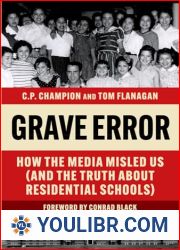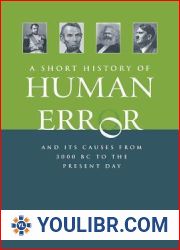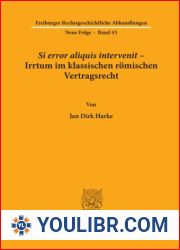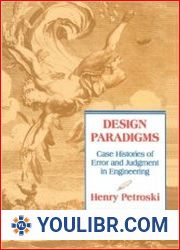
BOOKS - HISTORY - The Error Of Truth How History And Mathematics Came Together To For...

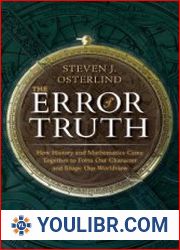
US $5.65

174216

174216
The Error Of Truth How History And Mathematics Came Together To Form Our Character And Shape Our Worldview
Author: Steven J. Osterlind
Year: 2019
Number of pages: 352
Format: PDF
File size: 30,8 MB
Language: ENG
Year: 2019
Number of pages: 352
Format: PDF
File size: 30,8 MB
Language: ENG
An historical account of how we came to measure uncertainty in our everyday lives. Quantitative thinking is our inclination to view natural and everyday phenomena through a lens of measurable events, with forecasts, odds, predictions, and likelihood playing a dominant part. The Error of Truth recounts the astonishing and unexpected tale of how quantitative thinking came to be, and its rise to primacy in the nineteenth and early twentieth centuries. Additionally, it considers how seeing the world through a quantitative lens has shaped our perception of the world we live in, and explores the lives of the individuals behind its early establishment. This worldview was unlike anything humankind had before, and it came about because of a momentous human achievement: we had learned how to measure uncertainty. Probability as a science was conceptualised. As a result of probability theory, we now had correlations, reliable predictions, regressions, the bellshaped curve for studying social phenomena, and the psychometrics of educational testing. Significantly, these developments happened during a relatively short period in world history— roughly, the 130-year period from 1790 to 1920, from about the close of the Napoleonic era, through the Enlightenment and the Industrial Revolutions, to the end of World War I.








